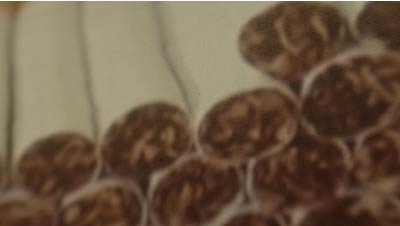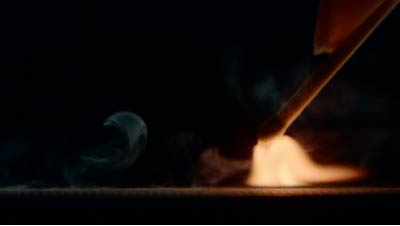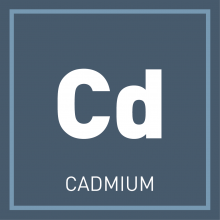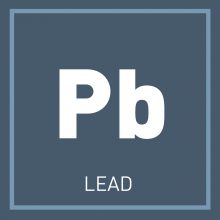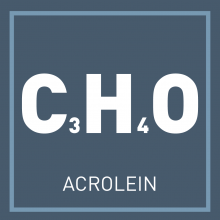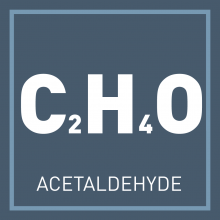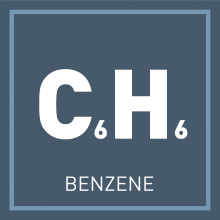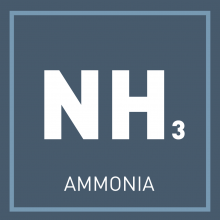Chemicals in Cigarettes: From Plant to Product to Puff
You probably know that cigarettes can kill you—in fact, smoking kills half of those who don't quit1—but do you really have the full story? Do you know how many harmful chemicals are in cigarettes or how they get into the product?
FDA created these videos and interactive tools to lay the foundation for an important public health goal: we aim to publish a list of the levels of harmful and potentially harmful chemicals in tobacco, in a way that is easy for the public to understand. As an important step toward that goal, we invite you to explore the chemicals in tobacco in three stages of cigarettes, from plant to product to puff, in the videos below.
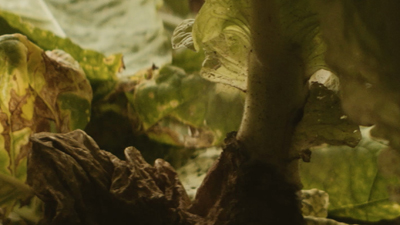
Chemicals in Every Tobacco Plant
It is a fact that cigarettes contain dangerous chemicals.2 But how do these chemicals get into cigarettes? Are most of the harmful chemicals added during the manufacturing process?
Fact: Some of the toxic chemicals in tobacco are present in the plant itself.3
Chemicals in Every Cigarette Product
Ok, so harmful chemicals are in the tobacco plant. What happens during manufacturing? Is that when more dangerous chemicals are added?
Fact: Not all of the harmful chemicals created during cigarette manufacturing are man-made. Some of the carcinogens occur naturally as tobacco is cured.3
Think You Know All the Chemicals Found in Cigarettes?
Downloads
Download and share with people in your life these images about the health effects of dangerous chemicals in cigarettes. To download:
- Click on the image below that you would like to download and share to open up a larger version.
- On the large version, right-click to Save As and save the image to your computer.
Additional Resources
- Harmful and Potentially Harmful Chemicals in Tobacco Products
- Order Free Public Educational Resources about Smoking
- Learn about Different Types of Tobacco Products
- Find Resources to Help You Quit
- Doll R, Peto R, Wheatley K, Gray R, Sutherland I. Mortality in relation to smoking: 40 years observations on male British doctors. British Medical Journal 1994; 309:901-911.
- U.S. Department of Health and Human Services (USDHHS). A Report of the Surgeon General: How Tobacco Smoke Causes Disease: What It Means to You (Consumer Booklet). Atlanta, GA: U.S. Department of Health and Human Services, Centers for Disease Control and Prevention, National Center for Chronic Disease Prevention and Health Promotion, Office on Smoking and Health; 2010.
- U.S. Department of Health and Human Services (USDHHS). How Tobacco Smoke Causes Disease: The Biology and Behavioral Basis for Smoking-Attributable Disease: A Report of the Surgeon General. Atlanta, GA: U.S. Department of Health and Human Services, Centers for Disease Control and Prevention, National Center for Chronic Disease Prevention and Health Promotion, Office on Smoking and Health; 2010.
- Hecht SS. Research opportunities related to establishing standards for tobacco products under the Family Smoking Prevention and Tobacco Control Act. Nicotine & Tobacco Research. 2012; 14(1):18-28.
- Hoffmann D, Hoffmann I, El Bayoumy K. The less harmful cigarette: a controversial issue. A tribute to Ernst L. Wynder. Chemical Research in Toxicology. 2001; 14:767-790.
- International Agency for Research on Cancer (IARC). Some non-heterocyclic polycyclic aromatic hydrocarbons and some related exposures. In: IARC Monographs on the Evaluation of Carcinogenic Risks to Humans. Vol. 92. Lyon, France: International Agency for Research on Cancer; 2010.
- International Agency for Research on Cancer (IARC). Tobacco smoke and involuntary smoking. In: IARC Monographs on the Evaluation of Carcinogenic Risks to Humans. Vol. 83. Lyon, France: International Agency for Research on Cancer; 2004.

